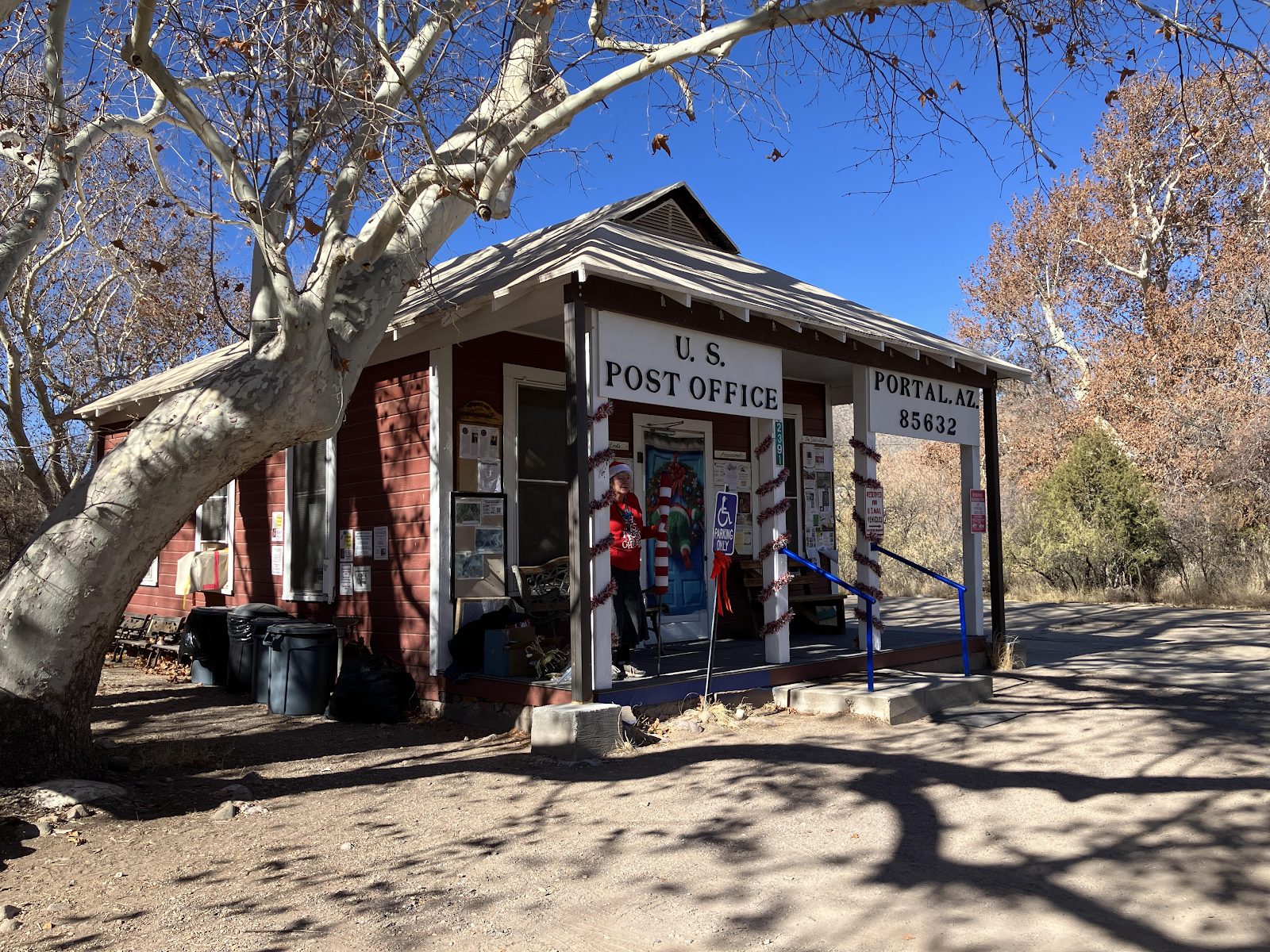Little Bighorn Battlefield 5.30.21
It would have been nice to stay in a nearly-free campground
on the Bighorn National Recreation Area, but after a day of driving to get
there, we discovered there is no cell service or internet signal of any kind in
the campground. It was a shame, because
contrary to our expectations for the holiday weekend, the campgrounds were not
full. However, it seems expedient at
this stage that we be able to get a signal for various activities. We stayed instead in a campground in the
small town of Hardin, MT, which was a good distance from various things we
wanted to see in the area.
Little Bighorn Battlefield National Monument was renamed from Custer Battlefield National Monument in 1991. It now stands as a national cemetery and also as a monument to the two cultures that fought in this area in 1876.
Oddly, the first thing that made a major impression on us at
this park was bees. There was a line to
the visitors’ center because of limitations on occupancy due to Covid-19, and
during the wait a park ranger pointed out that on a tree in front of the center
was a huge swarm of bees. About the size
of a football, we at first thought it was a hive with bees on the outside, but we later learned it was solid bees, thousands of them, that had suddenly swarmed to that
site and left about an hour later, swarming away as quickly as they had arrived. We were told they were honeybees and not
dangerous. LCR’s joke about poking them
was not appreciated by all who heard him.
We eventually opted to skip the visitors’ center and head straight for
the drive around the park.
This park offered so much information, we could not really
take it all in. Besides the visitors’
center, the park is a drive that winds around the area where the battle took
place, with plaques at intervals showing what happened and where. There was a map with numbers for these
plaques, and a cellphone number to call and access narration with more
information, similar to the one at the Minuteman ICBM site. Unfortunately, the map was wrong. The numbers on the plaques did not match the numbered
narrative and eventually we gave up and just followed the signs. There was considerable information
there. In fact, when we went to the
visitors’ center later, we found the wealth of facts overwhelming, about
military life on both sides, the importance of the bison to the West, and the
battle itself.
Historians have pieced together eyewitness accounts of the battle and archaeologists have discovered more through controlled digging. There are stone grave markers at approximate locations where soldiers fell, white for the US Army and red for the Cheyenne and Lakota who were killed. The battle was fought because a large group of Native Americans, numbering in the thousands and including women and children as well as warriors, had encamped in the area in defiance of government orders to stay on reservations. Though vastly outnumbered, the US Army troops attacked and attempted to drive them out.
For myself, I still do not fully understand why it was
thought necessary to take such drastic military action. The battlefield stands as a monument to both
forces. There is a white granite stone memorial
on the hill where Custer took his last stand, and also a memorial to the Native
Americans, reached by separate walkways on either side of the main paved path. Both memorials bear witness to the bravery of
the soldiers on both sides. The end
result was, the Native Americans won the battle, but ultimately lost the war to
keep their way of life. It is a sobering
experience to visit this memorial and realize the terrible waste this conflict
took over the years.
I found the cast iron sculpture of Native Americans on
horseback to be beautiful and moving. About eight feet high, it
is part of the semicircular Native American memorial, which is made of stone
blocks with granite facings, etched with the images and words of Native
Americans who fought at Little Bighorn.






Comments
Post a Comment